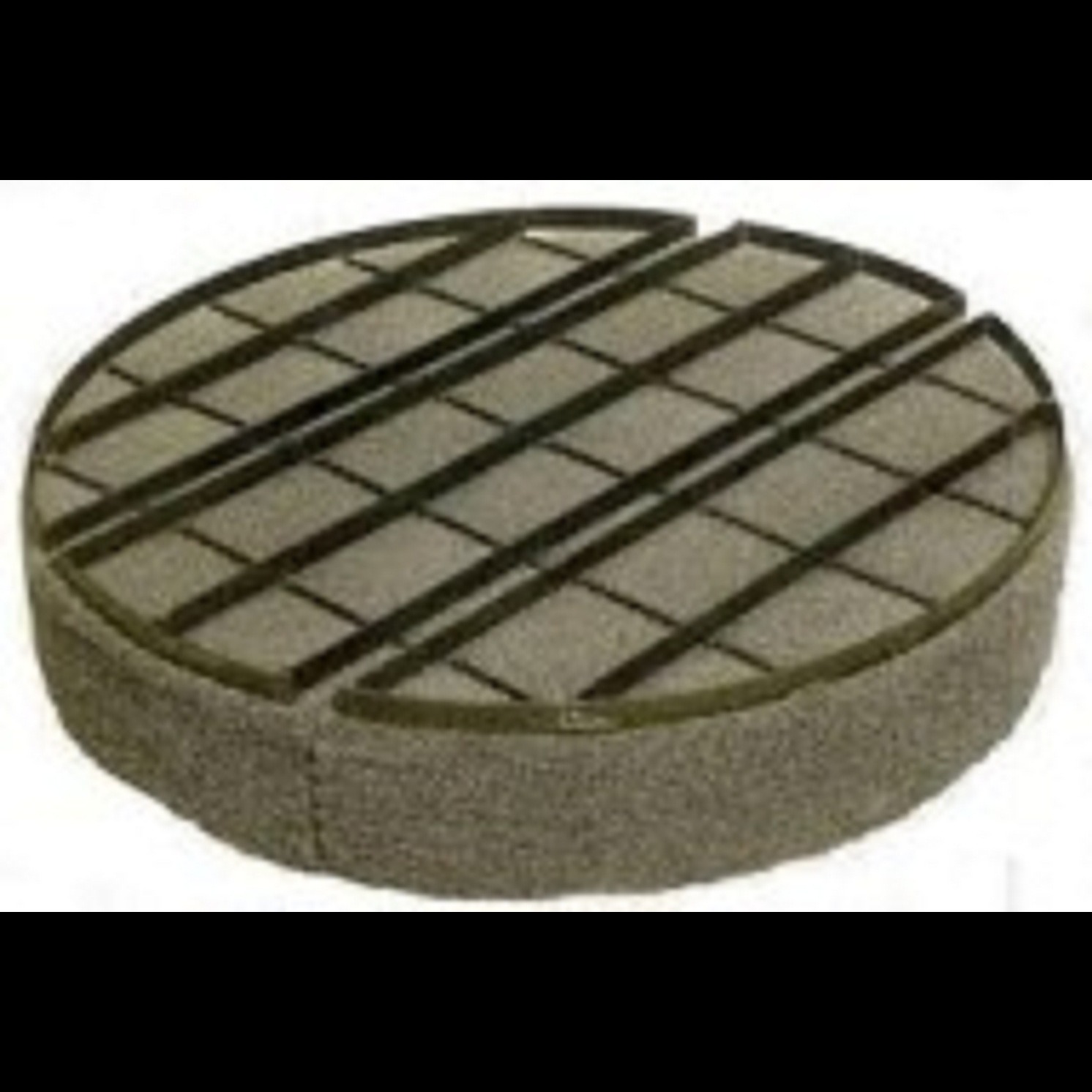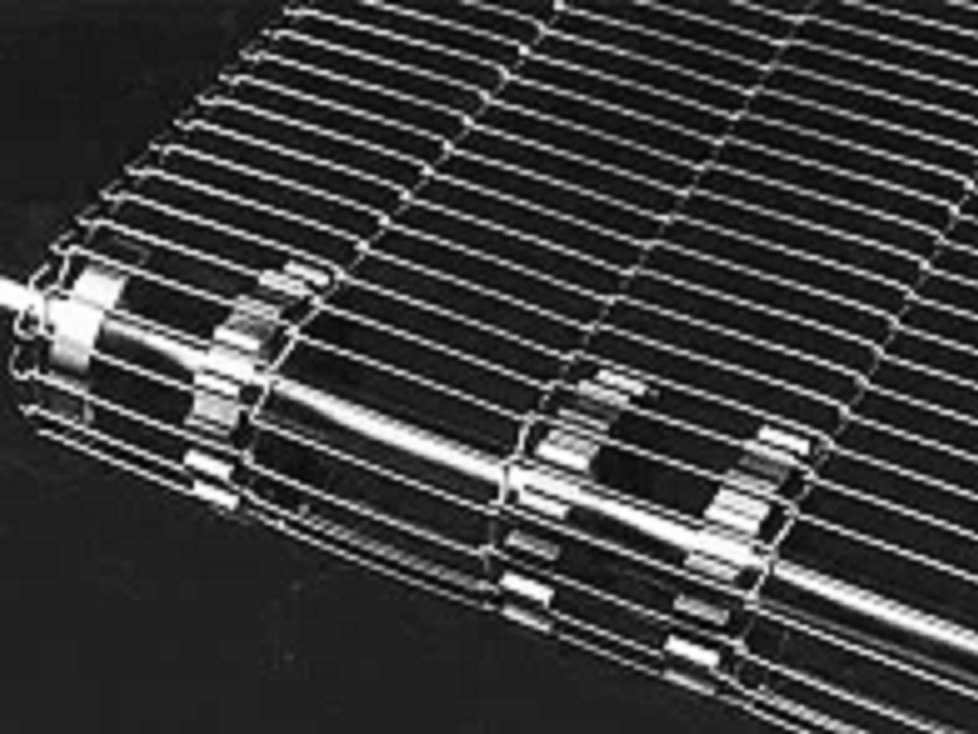
Construction
Test sieve wire mesh is made of individual wires woven together to form square openings. The mesh is placed between two die-formed frames.
Precision
Test sieve wire mesh is woven with a precise technique to ensure tight tolerances and accurate openings.
Material
Test sieve wire mesh is typically made of stainless steel or brass. Stainless steel is more durable and corrosion resistant than brass, and is preferred for wet sieving and food and pharmaceutical applications.
Mesh size
Test sieve wire mesh can have an opening range of 4" (100mm) to 635 mesh (20um).
Mesh number
The mesh number is determined by counting the number of openings in one linear inch of the screen. For example, a 4-mesh screen has four square openings per inch.
Use
Test sieves are used to separate particles in a material sample to determine their average size and the quality of a production line.
Industry standards
There are industry standards that dictate the types and specifications of test sieves that should be used.
Stacking
Sieves with different mesh openings are often stacked on top of each other to separate particles by size.
Keywords
635 mesh
Mesh size
wet sieving
Mesh number
Test sieves
average size
4-mesh screen
opening range
material sample
Stacking Sieves
production line
stainless steel
one linear inch
tight tolerances
individual wires
precise technique
accurate openings
Industry standards
four square openings
Test sieve wire mesh
two die-formed frames
different mesh openings
pharmaceutical applications




